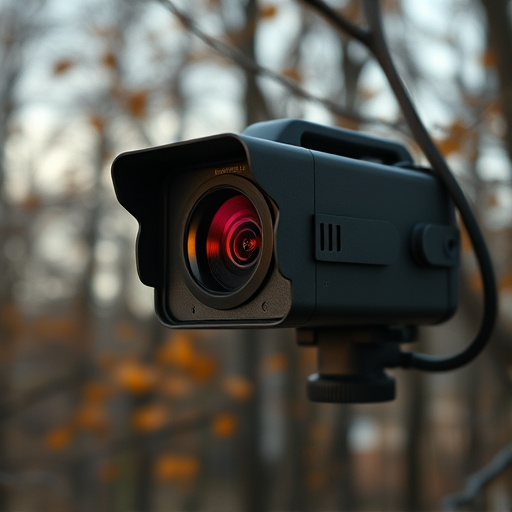Covert monitoring systems, or spy cameras, have advanced significantly with technologies like high-definition video, night vision, and extended battery life. When comparing models, key factors include battery life (ranging from hours to over a week) and image quality (from basic HD to 4K). Advanced features like motion detection and infrared enhance performance in low-light conditions or for specific event triggering. These systems offer discreet surveillance tools for security, law enforcement, and private investigations, with long-lasting batteries and portability enabling extended operation without detection. However, users must balance legal constraints, such as consent requirements and data protection regulations (e.g., GDPR, Fourth Amendment), with ethical considerations like privacy respect and responsible use. A comprehensive Battery Life Spy Camera Comparison should include data security and deletion protocols to ensure compliance with both legal and ethical standards.
“Uncover the power of covert monitoring with our comprehensive guide, tailored for professionals seeking efficient surveillance solutions. Dive into the world of ‘Battery Life Spy Camera Comparison’, as we dissect the nuances of these essential tools. From understanding the basics and legal considerations to exploring advanced placement techniques, this article is your go-to resource. Discover key factors influencing camera battery life, uncover top brands, and master discreet placement for maximum surveillance effectiveness.”
- Understanding Covert Monitoring Systems: The Basics
- – Definition and purpose of covert monitoring systems
- – Legal considerations and ethical implications
Understanding Covert Monitoring Systems: The Basics
Covert monitoring systems, also known as spy cameras, are discrete devices designed to capture footage or record audio without revealing their presence. These systems have evolved significantly, integrating advanced technologies like high-definition video recording, night vision capabilities, and extended battery life. The basic components of a covert monitoring system typically include a camera, often disguised as everyday objects like smoke detectors or light bulbs, a hidden power source usually powered by rechargeable batteries, and a storage device to save the recorded footage.
When comparing different spy cameras, key considerations revolve around battery life, which can range from several hours to over a week depending on the model. Longer battery life is advantageous for continuous monitoring without frequent recharging. Additionally, spy camera quality varies, offering options from basic HD to 4K resolution. The choice depends on the level of detail required for surveillance. Some models also include motion detection and infrared capabilities, enhancing their effectiveness in low-light conditions or for specific event triggering.
– Definition and purpose of covert monitoring systems
Covert monitoring systems, often equipped with spy cameras, are discreet surveillance tools designed to capture footage or gather data without revealing their presence. These systems are intended for professional use in various fields, including security, law enforcement, and private investigations. The primary purpose is to obtain evidence or intelligence in situations where traditional observation methods may not be feasible or ethical.
One key feature that sets covert monitoring systems apart is their battery life and portability. Spy cameras, often miniscule in size, are powered by long-lasting batteries, enabling them to operate for extended periods without detection. When comparing different models, factors like battery capacity and recording duration become essential considerations. This ensures that the device can capture continuous footage or remain active for as long as needed without requiring frequent recharging, making it ideal for covert operations requiring stealth and efficiency.
– Legal considerations and ethical implications
When considering a covert monitoring system, it’s crucial to navigate a landscape fraught with legal and ethical considerations. The deployment of hidden cameras, such as spy cameras with extended battery life, raises significant privacy concerns. In many jurisdictions, there are strict regulations regarding surveillance, including requirements for consent and reasonable suspicion. For instance, in the US, the Fourth Amendment protects individuals from unreasonable searches and seizures, while in Europe, the General Data Protection Regulation (GDPR) sets out stringent rules on data collection and processing.
Ethical implications extend beyond legal boundaries. The use of covert cameras can invade personal spaces and disrupt lives if not used responsibly. It’s essential to weigh the benefits against potential harm, especially when dealing with sensitive areas like homes or workplaces. A thorough comparison of battery life spy camera options should also factor in their impact on privacy and include discussions about data security and deletion protocols to ensure compliance with ethical standards.
Covert monitoring systems, while offering valuable insights for professional purposes, demand a nuanced approach due to legal and ethical constraints. When considering options, such as battery life spy camera comparisons, it’s essential to prioritize privacy rights and adhere to regulatory frameworks. This guide aims to empower professionals with the knowledge to make informed decisions, ensuring both effective surveillance and compliance with the law.
